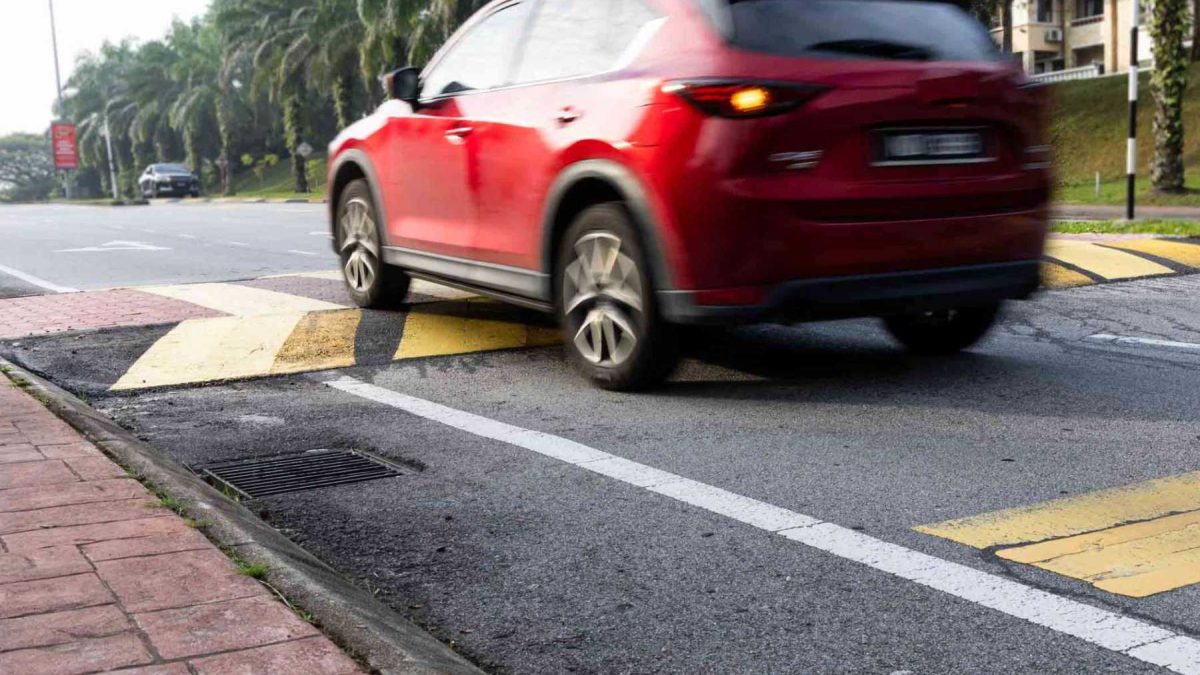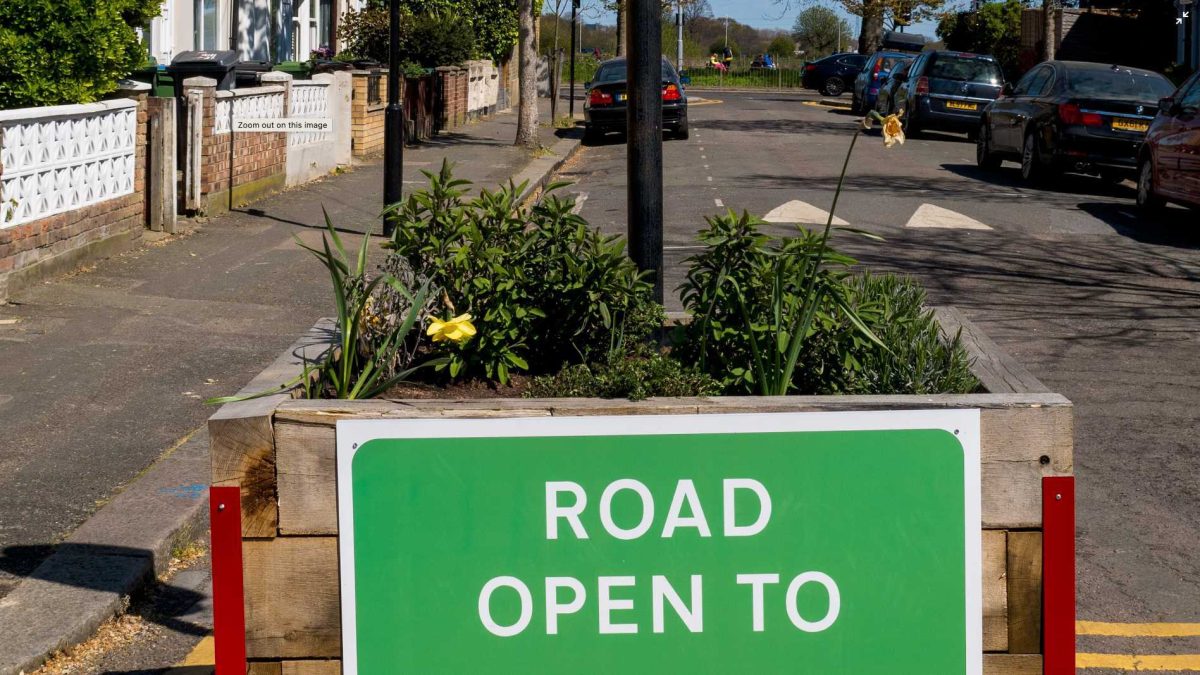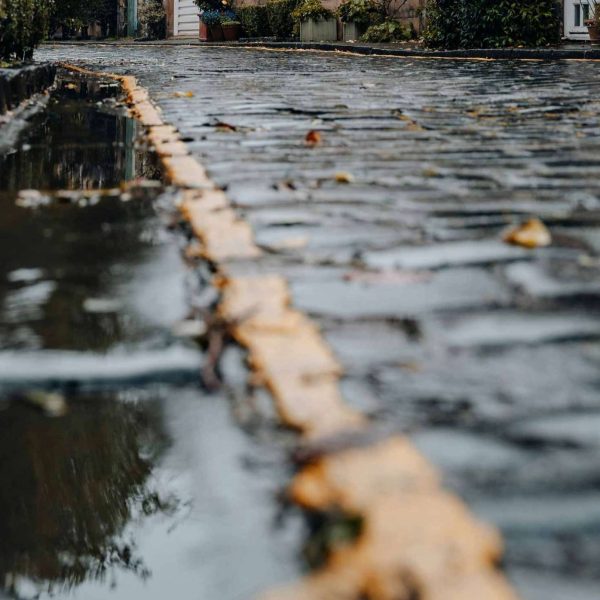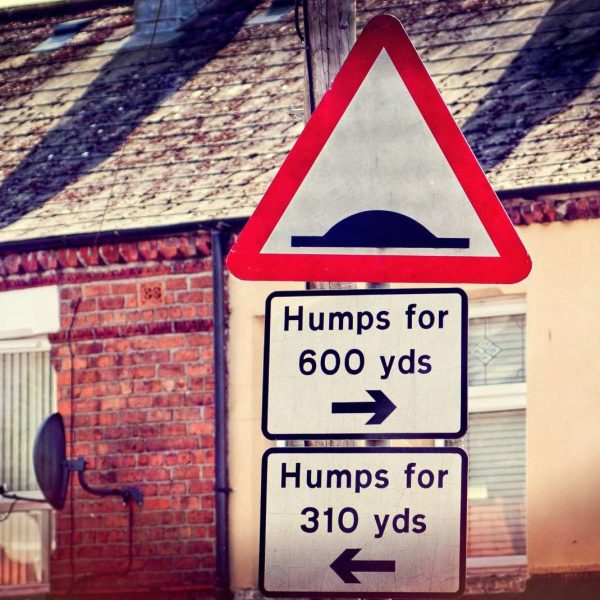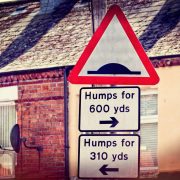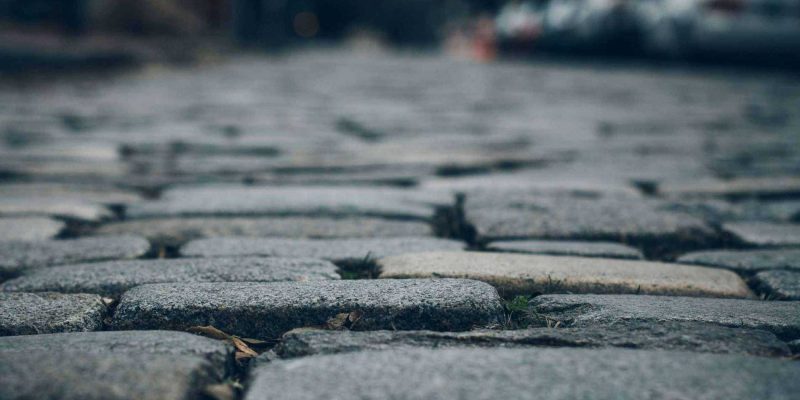
Cobbled Speed Tables: The Saviour of UK Roads
So let’s get down to it: cobbled speed tables. If you’ve not yet encountered these pavements of heaven, then you’ve missed out on a revolution, on streets that are becoming artworks of urban safety as well as thoroughfares. Strap in: this is why cobbled speed tables are saving our roads, one charming block at a time.
What’s the Big Deal with Cobbled Speed Tables?
The skinny is, old-style speed bumps are about as welcome on our streets as a monsoon in the backyard barbecue. They serve a purpose, sure, but they look like a soar thumb and make your ride about as elegant as a pogo-stick on a cobblestone – a double irony, isn’t it? Enter the cobbled speed table with its old world charm of cobblestones and its new world need to keep cars from speeding down our lanes.
Cobbled speed tables are about slowing traffic, but they are also about slowing it down stylishly. They aren’t just any kind of traffic-calming feature. No, sir. They are cobbled speed tables. And they are not merely designed to slow traffic, but to slow traffic while also beautifying the space. It feels a little different to drive over one. More of a reminder than a jolt, perhaps, that you are driving through a space that is also a place for people on foot and bikes, a place with history.
Why Everyone Loves Them
Cobbled speed tables, it turns out, are elegant all-rounders. They slot perfectly into historic districts, where the ambition to keep the traffic noise down can only take second place to an urge to preserve – aesthetically and socially – the character of the place we’re travelling through. But we’re not only talking about traditional streets. In a modern setting, too, cobble-paved implements of traffic calming have a way of adding a touch of class to tarmac-built environments that the flat grey surfaces of asphalt can’t begin to match. ‘Slow down, gawp a little, have a coffee.
Local residents adore them because they decrease speed without the antagonism of a speed bump. Drivers love them because they’re not rattling their bones – nor their cars. Meanwhile, urban designers pat themselves on the back for melding function with form so efficaciously.
The Role of Cobbled Speed Tables in Urban Safety
Okay: I want to talk safety, since that’s really the point. Cobbled speed tables make streets safer, period. They’re humped, and so they are more apparent than horizontal roads, gently leading drivers to step off the accelerator. It’s also important that the cobbles are uneven, providing just enough irregularity to make fast driving uncomfortable without ever actually making it dangerous.
Not only that, but they’re great for pedestrians. Such tables often also double as crossings, making them safer places for people to cross busy roads. It’s about creating a space where cars, cyclists and walkers can all feel safe – no easy task amid today’s rush-hour madness.
A Nod to Sustainability
And it’s not only about attractiveness and safety. For environmental sustainability, cobbled speed tables seem to be ticking all the right boxes. Most are made of recycled material, cutting down waste and so the need for new resources. They last for decades, which means once down, they will not add to the leaking landfill problem any time soon.
Cobbled speed tables are the beautiful and sustainable face of road safety, demonstrating what happens when we ask our cities to do more than deliver – we ask them to be beautiful too. As they transform our streets, making them slower, safer and more pleasant places to be, we are learning that sometimes, the best solutions to our problems are those set in stone – or, in this case, cobblestone.
Next time you drive over one of these gems, take a moment to appreciate the thought and skill that have gone into making our roads safer and cities more beautiful. Cobbled speed tables aren’t just the UK’s best hope for its roads; they’re the benchmark we should be aiming for everywhere.
Quick Drying Cobbles for Speed Tables: The Swift Solution
Now, let’s not overlook another ace up the sleeve of cobbled speed tables – the marvel of quick drying cobbles. I’m telling you, these aren’t just a stroke of genius; they’re a stroke of efficiency. When it comes to urban planning, time is money, and disruption is the last thing we want. That’s where quick drying cobbles swoop in to save the day.
Why Quick Drying Cobbles Are a Game-Changer
Picture this: a roadwork project that wraps up so quickly, you barely notice there’s been a disruption. That’s the reality with quick drying cobbles. These beauties set faster than you can say “cuppa tea?” meaning the roads are back in action quicker than usual, reducing headaches for drivers and local businesses alike.
The benefits? Oh, they’re plentiful. First off, the faster curing time slashes labour costs dramatically. We’re talking less time with men and machines on the ground, which not only saves money but also cuts down on the environmental impact of prolonged construction projects.
Then there’s the resilience factor. These quick drying cobbles aren’t just quick to settle; they’re built to last. They stand up to the infamous British weather like champs – rain, shine, or anything the skies throw down. This durability means fewer repairs and maintenance down the line, which is music to the ears of any council’s budgeting department.
Integrating Quick Drying Technology
Incorporating quick drying cobbles into speed tables is a no-brainer. They provide all the charm and safety benefits of traditional cobbled speed tables but with none of the wait. It’s a swift, clean installation. For historic districts or high-traffic urban areas, this means minimal disruption to the daily goings-on. Businesses don’t suffer, commuters aren’t irked, and local life can continue with barely a hiccup.
Moreover, their quick set nature allows for greater flexibility in project timelines. Urban planners can schedule installations during shorter windows of low traffic—think overnight or over a quiet weekend—and have the road ready for rush hour without missing a beat.
Summing It Up
So, when we talk about revolutionising our streets with cobbled speed tables, throwing quick drying cobbles into the mix just turns up the dial on efficiency and effectiveness. They’re a testament to how smart materials and thoughtful design can come together to create solutions that not only meet our needs but exceed our expectations.
In short, if you’re looking to beautify your roads with a practical, picturesque solution that won’t tie up traffic for weeks, quick drying cobbles are your best bet. They’re paving the way to a smoother, safer, and more sustainable future, one charming cobble at a time. So next time you’re stuck at a light pondering the universe, remember: quick drying cobbles might just be the answer we’ve been looking for.


